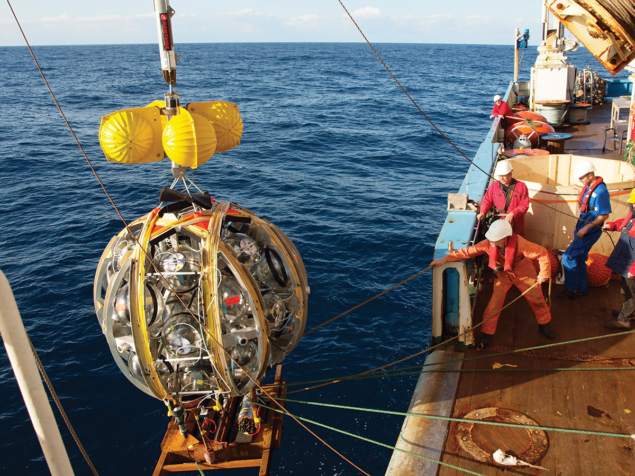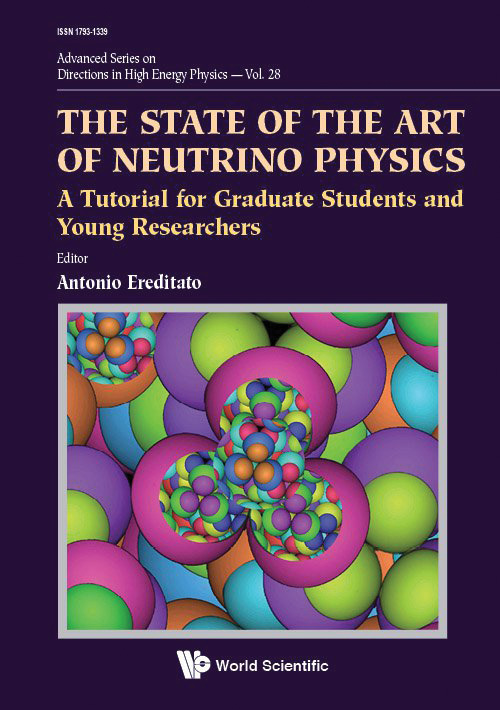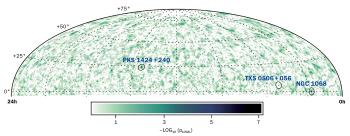The State of the Art of Neutrino Physics: A Tutorial for Graduate Students and Young Researchers, edited by Antonio Ereditato, World Scientific

Almost 90 years since Pauli postulated its existence, much remains to be learnt about the neutrino. The observation in 1998 of neutrino oscillations revealed that the particle’s flavour and mass eigenstates mix and oscillate. At least two must be massive, like the other known fermions, though with far smaller masses. The need for a mechanism to generate such small masses strongly hints at the existence of new physics beyond the Standard Model. Faced with such compelling questions, neutrino experiments are springing up at an unprecedented rate, from a plethora of searches for neutrinoless double-beta decay to gigantic astrophysical–neutrino detectors at the South Pole (IceCube) and soon in the Mediterranean Sea (KM3NeT), and two projects of enormous scope on the horizon in DUNE and Hyper-Kamiokande. Now, then, is a timely moment for the publication of a tutorial for graduate students and young researchers who are entering this fast-moving field.
Access all areas
Edited by former spokesperson of the OPERA experiment Antonio Ereditato, The State of the Art of Neutrino Physics provides an historical account and introduction to basic concepts, reviews of the various subfields where neutrinos play a significant role, and gives a detailed account of the data produced by present experiments in operation. An extremely valuable compilation of topical articles, the book covers essentially all areas of research in experimental neutrino physics, from astrophysical, solar and atmospheric neutrinos to accelerator and reactor neutrinos. The large majority of the articles are written in a didactic style by leading experts in the field, allowing young researchers to acquaint themselves with the diverse research in the field. In particular the chapter describing the formalism of neutrino oscillations should be required reading for all aspiring neutrino physicists. In all cases special attention is given to experimental challenges.

From the theory side, chapters cover measurements at neutrino experiments of the low-energy interactions of neutrinos with nuclei (a key way to reduce systematic uncertainties), the phenomenology and consequences of the yet-to-be-determined neutrino-mass hierarchy, and the possibility of CP violation in the lepton sector. A very detailed account of solar neutrinos and matter effects in the Sun is written by Alexei Smirnov, one of the inventors of the celebrated Mikheyev–Smirnov–Wolfenstein effect, which describes how weak interactions with electrons modify oscillation probabilities for the various neutrino flavours. More speculative scenarios, for example on the possibility of the existence of sterile neutrinos, are discussed as well.
For a book like this, which has the ambition to address a broad palette of neutrino questions, it is always difficult to be totally complete, but it comes close. Some topics have evolved in the details since 2016, when the material upon which the book is based was written, but that doesn’t take away from the book’s value as a tutorial. I recommend it very highly to young and not-so-young aspiring
neutrino aficionados alike.








